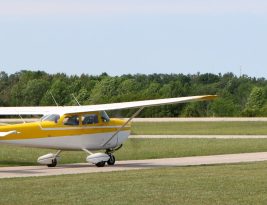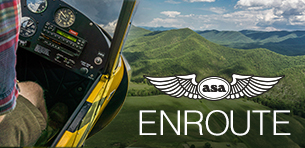Out here in the Pacific Northwest, there’s a saying: if you don’t like the weather, wait five minutes. Whether or not your weather changes as fast as ours does, knowing what to expect is still critical to flight safety. Radar helps us track weather nearly in real-time and make visual
…Tag: flying
View All CategoriesToday we’re pleased to feature a guest post from CFI and DPE Jason Blair. Check out his previous contributions to the LTFB here. He writes his own blog at JasonBlair.net. UPDATE: we’ve since posted a follow-up companion blog post on physical preparation. Click
…That little green book I’m sure you’ve seen lying around the FBO or on the briefing room table in the flight school actually packs a punch. As you learned in Monday’s post, it contains a wealth of crucial information that every pilot requires for pre-flight planning purposes. Just
…Last week, we released the 12th edition of one of our keystone textbooks: The Complete Private Pilot. This week we’ll be covering procedures, and today we’ll introduce the Airport/Facility Directory (A/FD). Here’s what Bob Gardner has to say about it in the latest edition of …
It’s the first “Test Roll” of 2016, a process where the FAA implements changes to the FAA Knowledge Exam and announces what’s new and upcoming in airman testing. ASA will incorporate this information in updates to our publications.
Some of the more beneficial items to note with February’s Test Roll
…The GPS can be a great aid for situational awareness in VFR operations. Today, we’ll introduce the basics of how the system works. We’ll go more in depth on using the GPS in future posts. Learn more about the GPS and more navigation systems and instruments in …
How should you react to the unexpected? How should you ask for help? Today we’re talking about emergency radio procedures. This post comes from our textbook The Pilot’s Manual Volume 1: Flight School (PM-1).
Request assistance whenever you have any serious doubt regarding the safety of a flight. Transmission should be slow and
…Today’s post is short and sweet but a very important detail in your private pilot training nonetheless! 14 CFR 61.109 Aeronautical Experience lists the required minimum experience needed to apply for a private pilot certificate. §61.109(a)(3) states the required instrument flying time:
3 hours of flight training
…

